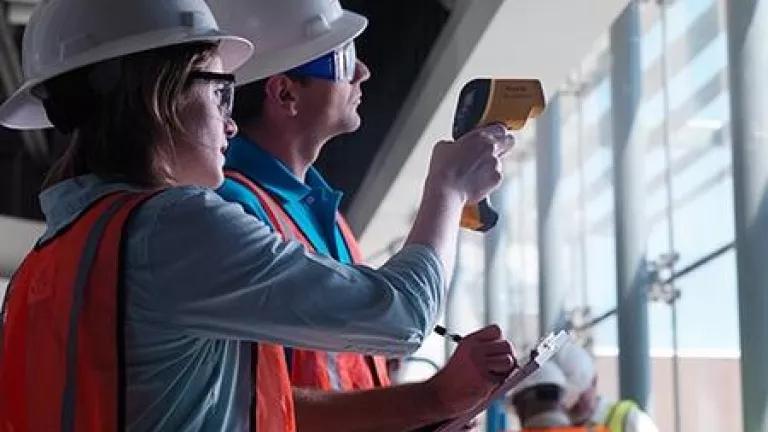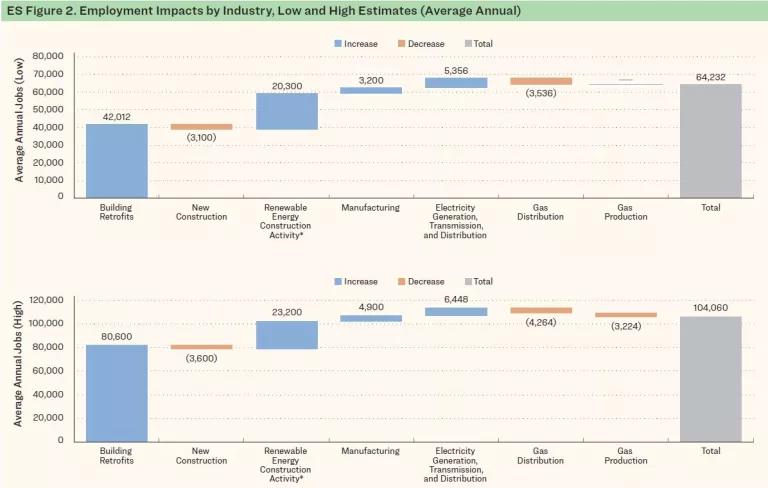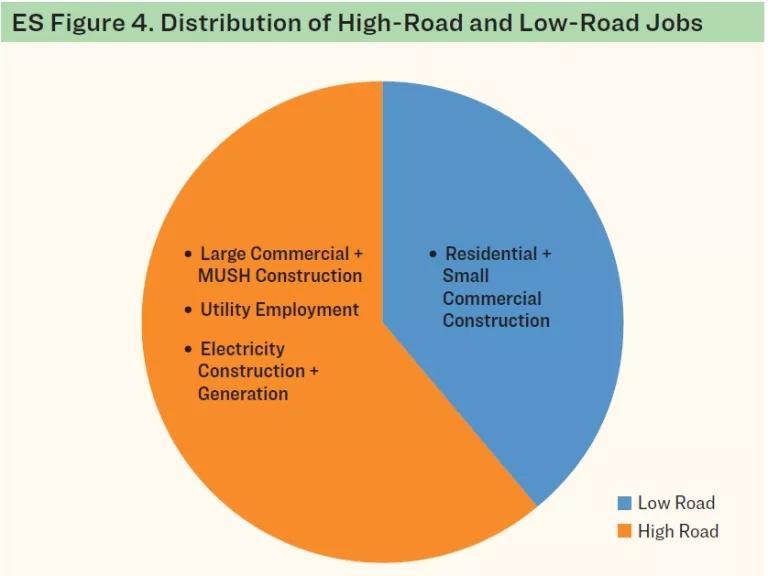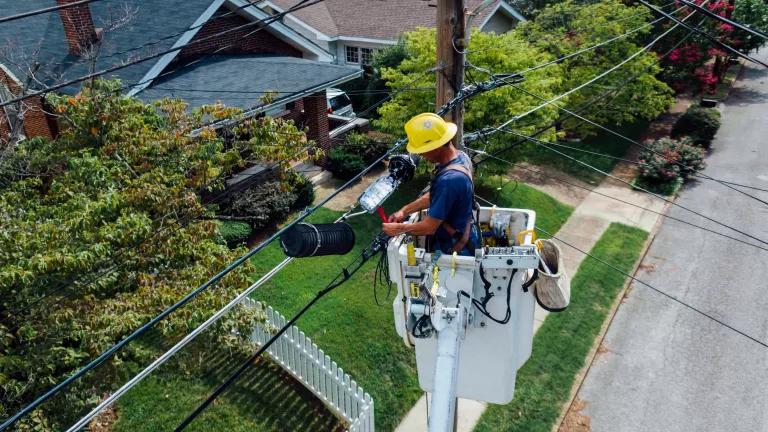
Moving toward cleaner, healthier all-electric buildings is the most cost-effective and viable option for reducing carbon and other emissions from homes and buildings. A new report brings good news about the employment impacts of such a transition: The total number of jobs will far exceed those lost.
However, the state must actively pursue equitable opportunities for existing workers and ensure that the new jobs created have family-sustaining wages and career pathways.
California policies at both the state and local government levels are already starting to support the move toward all-electric, and it is clear that a managed transition away from gas infrastructure will be required to meet the state’s climate goals equitably and affordably.
The building sector accounts for a quarter of the state's emissions, making reductions in this sector is a key piece of California's goal to reach carbon neutrality by 2045. Over half of that pollution comes from the use of gas for heat and hot water, which points to more than 14 million homes and 8 billion square feet of commercial space that will need to move toward all-electric appliances and equipment to meet the target.
The task is big but achievable, requiring skilled and well-paid workers to install new equipment, develop new renewable energy projects to power electric homes from clean sources, and help upgrade the grid. This is doable by designing smart pathways to training (and ensuring the training is linked to real, quality jobs) so that workers who are directly impacted by this transition—as well as all workers in the community—are able to benefit from the clean energy transition.

The new study from Inclusive Economics and UCLA's Luskin Center for Innovation, California’s Building Decarbonization Workforce Needs and Recommendations, is the first to estimate how employment will shift across sectors as the state moves away from fossil fuels in buildings. It estimates that the transition will support a net increase of up to 104,100 jobs on average over the next 25 years (see high estimate total in ES Figure 2) even after accounting for reduced employment in the fossil fuel industry.
The job increases come from retrofitting buildings for all-electric appliances, new renewable energy projects, equipment manufacturing, and the electric utility sector. But skill requirements and quality career paths may not happen organically in some of these sectors, and opportunities may not automatically be available to all workers equally. Thoughtful policies are critical to ensure these careers are family-sustaining and that transition plans are designed to account for a diverse set of workers.
For example, the study estimates that without additional policy intervention, only three in five of these jobs will be in "high-road" roles in the commercial and power sectors, where a worker's skill, experience, and qualifications drive better pay, benefits, and career advancement. The study also points out that policy can improve the job quality. For example, residential and small commercial projects could be aggregated to create economies of scale and enforce skills standards that both improve the quality of the work (meaning that customers are more satisfied, and the state can be assured that expected savings will match reality), and the quality of the jobs for workers. This type of policy intervention is critical to ensure that all of these new careers are high-quality opportunities.

While this trend toward cleaner, all-electric buildings will culminate in a larger number of jobs overall, driven by the need to retrofit the vast number of existing buildings that still run on gas and to support the increase in electricity use, the study also projects that employment in gas distribution could decrease by up to 4,264 jobs on average over the next 25 years. It also forecasts a reduction of over 3,000 jobs for gas-related work in new construction, since fewer workers would be needed to connect new buildings to gas lines.
However, these jobs won't simply evaporate tomorrow. This will be a gradual transition, and there is time to mitigate and plan for the shift if we begin now. As the report outlines, worker transition assistance should include bridges to retirement for older workers, as well as retraining and job placement assistance for younger ones. It will also be important to retain skilled workers to ensure the safety and reliability of a contracted gas system, so that skilled technicians are available for as long as the gas system is operating. This message echoes an earlier report urging a strategic long-term planning approach to building electrification that protects workers and communities.
While these changes to the jobs available in California understandably raise concerns among potentially affected workers, this report offers a roadmap to mitigate these concerns so that no worker is left behind in this energy transition. With policies aimed at building quality job opportunities and a workforce trained to fill them, the state can both clear the air and ensure benefits for everyone.




